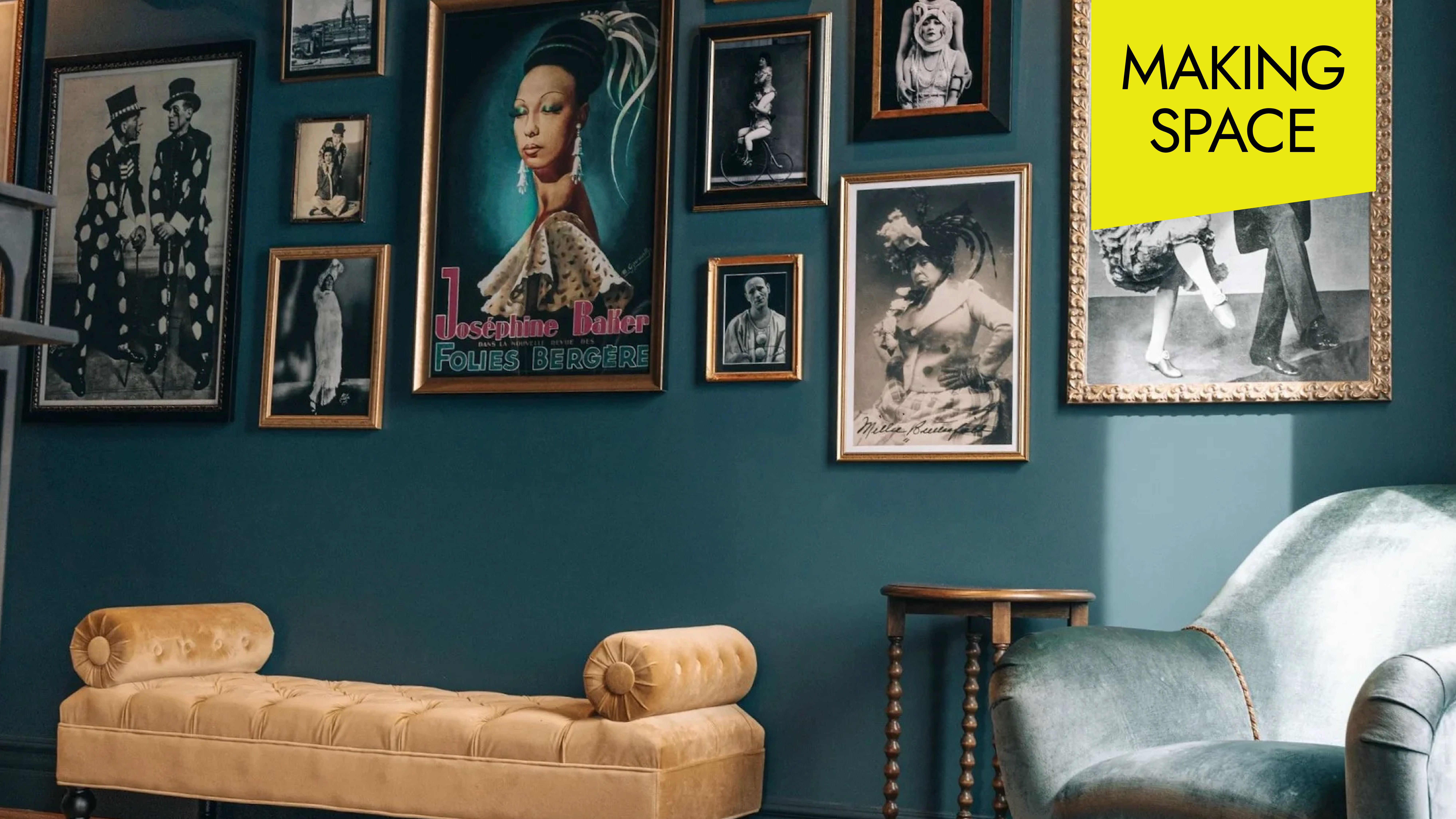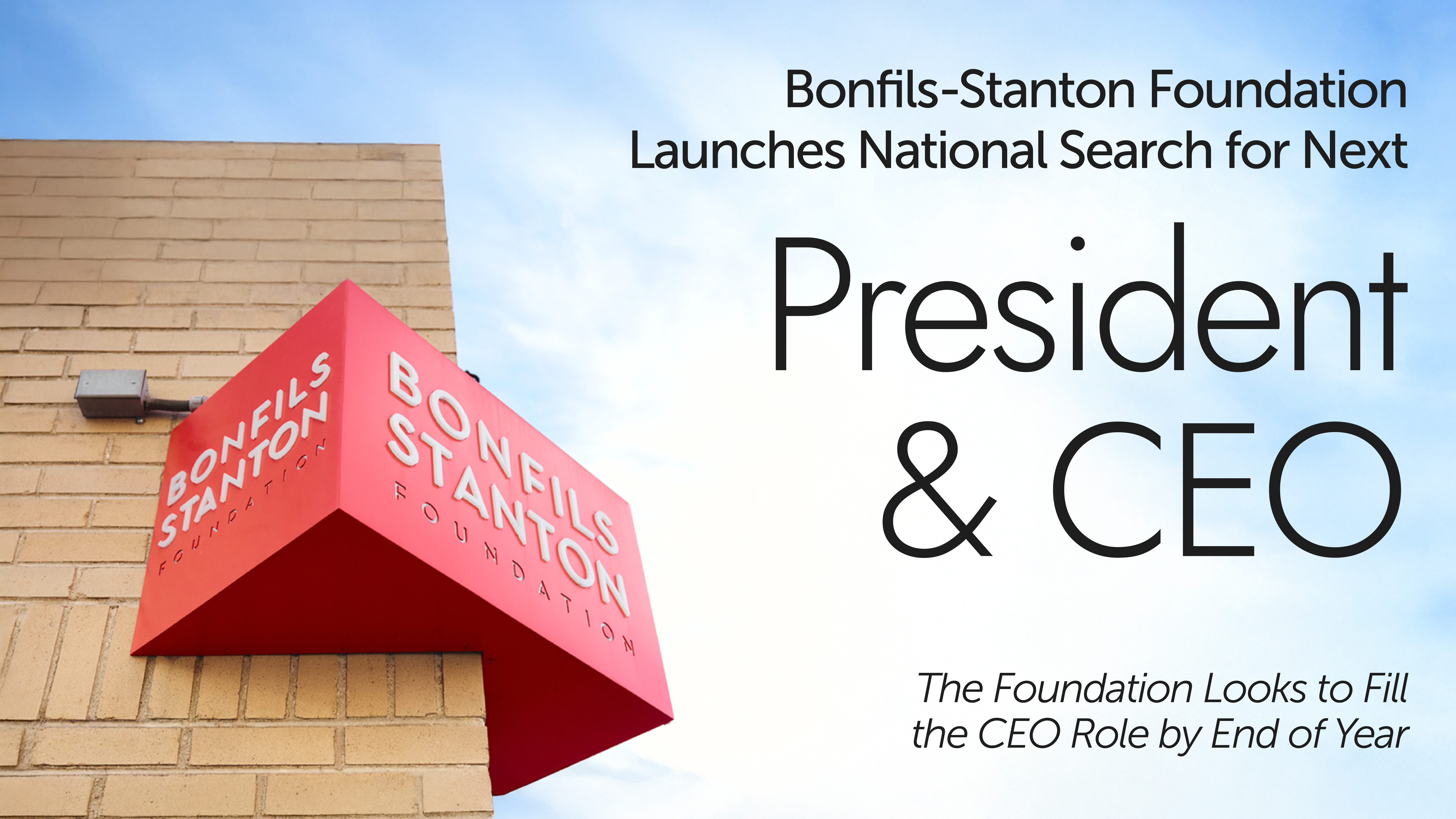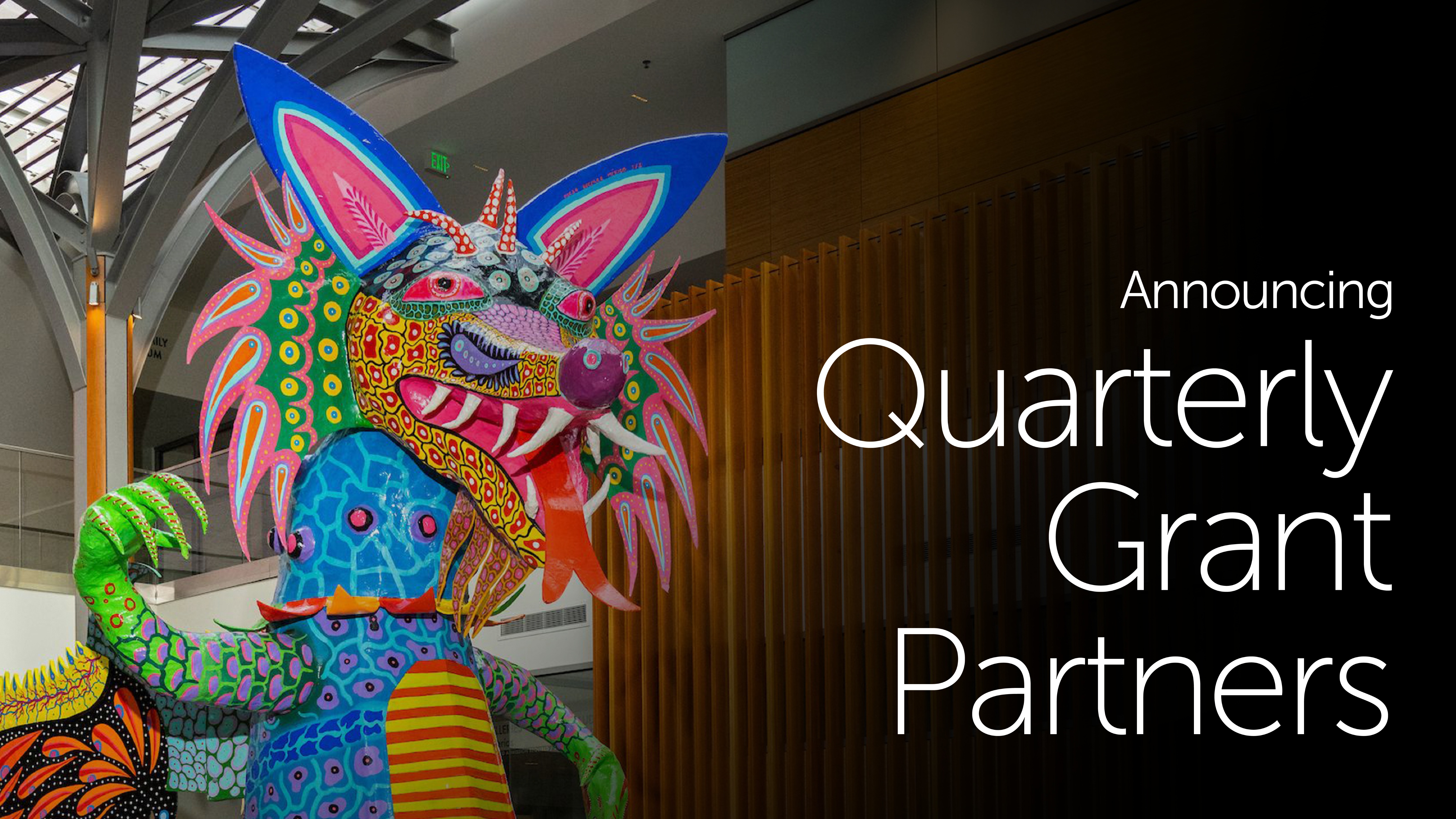Making Space: The High Price of Holding Space
November 6, 2025
time
Min read time

Editor's Note on the "Making Space" series:
Whenever I think about our BSF Resident Storytellers taking on Space, I hear this internal whisper, Space is the place. I even tried to pitch it as a sort of branding phrase. Didn’t fly. The good news is our writers have been talking with local creatives about the nagging challenges of space and affordability in Denver. The better news is they’ve also been learning about the head and heart spaces created by mindfully built and shared places.
And yeah, about that phrase: It’s the title of a 1974 Afrofuturist film featuring the jazz musician Sun Ra and his Arkestra. There’s something poetic in that. For the future of the arts, its makers and partakers, spaces really are the places. — L. Kennedy.
On a quiet stretch of Arapahoe Street, just south of the bustle of the breweries and live music venues on Larimer Street, the second floor of a Victorian brick building opens into a sleek ballroom. High ceilings, wooden floors and a rustic bar give the historic Savoy Denver’s upstairs space a warm glow.
But beneath that shine flickers a shadow of financial responsibilities that would make most artists shudder. Meghan Frank and Boris “Buba” Basishvili opened the space in late 2021.
From the start, the couple envisioned a financial model where ground-floor tenants and rentals would subsidize affordable upstairs performance space for their company, Theatre Artibus, and other local performance groups, but so far, the math hasn’t penciled out. When asked what it means to own a venue in Denver today, Basishvili didn’t hold back.
“Are we talking marketing or the reality of owning a space?” the Georgia-born artist asked. “Because those are two different things. The city makes no distinction between commercial and arts spaces, and that makes it really hard for us to survive.”
His frustration wasn’t theoretical—it surfaced at every stage of trying to turn the Savoy into the theatrical playground of his and Frank’s dreams. As the wife-and-husband team walked me through their story, the mounting costs of ownership revealed just how punishing it can be to be proprietors of a cultural space in Denver in the 2020s.
“We bought the building in 2018 and thought we’d be under construction in six months,” Frank recalled. “It literally took us three and a half years just to break ground.”
Permits dragged on for years. Being a historic building restricted the remodel and the couple was ultimately forced to hire an expeditor to navigate endless red tape. “We put a lot more than we anticipated into renovations—about as much as buying the building again,” Frank said.
The costs of keeping it running continue to mount. The annual property tax bill alone runs between $60,000 and $70,000. “It’s really, really convenient to have that space,” Frank admitted, “but it’s not necessarily very financially viable or sustainable.”
A Blessing and a Curse
Built in 1889 in the historic Curtis Park neighborhood, the space’s upstairs ballroom has seen Danish choirs, fraternal lodges and for decades, it was the Rodelle Vanilla Factory. Frank’s family — long-time Denverites — purchased the building with the hope of preserving its legacy as a cultural space.
“I was really lucky to have generational wealth in my family, and they wanted to invest in the arts,” she said. For Frank, a theater artist, the underlying question was about asking, “Can we pivot that privilege into holding cultural space in a city that’s rapidly gentrifying?”
The Savoy's operations are seemingly savvy: the building houses two first-floor tenants: PlatteForum, a nonprofit that connects youth and artists to collaborate, and Alchemy Ritual Goods, a small business specializing in holistic wellness and metaphysical supplies.
Upstairs, Frank and Basishvili’s nonprofit Theatre Artibus uses the ballroom for its original, clown-inspired performances and rents it out to other theater groups such as Boulder Ensemble Theatre Company, nonprofits like Five Points Live, and weddings or corporate clients.
“As artists, we want to focus on making our own work, but as a nonprofit company, we have been unable to find sufficient funds to move past the startup phase,” Frank said. “It's hard to sustain the theater company and the building itself because the overhead here is just enormous.”
The irony isn’t lost on the pair: artists who specialize in work rooted in play, vulnerability and absurd humor now spend their days managing spreadsheets, tax bills and tenant agreements.
“We’re not businesspeople,” Frank said. “We’re artists who wanted to create space for community and experimentation.”
That desire to focus on art over administration is something many Denver creatives share. What makes the Savoy’s situation distinct is the timing: opening a venue in the 2020s, after the pandemic and amid Denver’s runaway development pressures, turns out to have brought a higher level of risk than when other creative hubs first established themselves.
Visual arts organization RedLine secured its foothold in Five Points more than a decade earlier, at a time when property costs were less competitive. And unlike Buntport Theater, which has thrived in a rented warehouse, Theatre Artibus acts as both cultural caretakers and landlords.
“Buntport was able to give away its space for free during COVID-19; we've unfortunately been unable to do that,” Frank said. “The dream was to leverage municipal support, but I haven't figured out a cross-sector partnership situation yet. I have a lot of hope that the Savoy will continue, but we're on a timeline now to try to figure out how to make that work.”
A City That Works Against Artists
What makes survival harder, Frank and Basishvili argue, is that Denver doesn’t acknowledge the realities of running a small arts venue. From years-long permitting battles to compliance costs, the couple describes a rigid bureaucratic process that fails local businesses.
“We were in line with massive developments, but we’re just two artists trying to make a space work,” Frank said. “That mismatch nearly broke us.”
Theirs isn’t an isolated case. Across town, Ballyhoo, a new Highlands performance and event space, has faced similar headaches with zoning and licensing. Founder Julia Tobey poured savings and loans into the project, all while waiting for approvals to trickle in.
“I’ve been a theatrical producer for thirty years, but I have never in my life dealt with as much paperwork," Tobey said. "City of Denver, I love you, but oh my God, you make it hard.” (The venue had its grand opening on Nov. 1)
Taken together, the Savoy and Ballyhoo highlight a troubling contradiction: Denver publicly celebrates its arts scene while tying independent venues in red tape.
On behalf of Community Planning and Development, Alexandra Foster, communications specialist for the City of Denver, cited partnerships with Denver Arts & Venues and the Community Arts Stabilization Trust (CAST) as evidence of its commitment to supporting cultural spaces. “We know people still want not only to build and open businesses in Denver, but also to create special places that add to the cultural life of the city,” Foster wrote in an email. “We want those places to be here and thrive and are committed to being a good partner.”
The city also touted its downtown investments, arguing that the 16th Street Mall redevelopment and purchase of the Denver Pavilions, a shopping mall with a multiplex on 16th Street, are strategic moves that will benefit the entire city. “As a huge contributor to the tax revenue that supports the city, a healthy downtown is critical to our overall success,” Foster said. “Small local arts venues, and cultural spaces and activations will be a key part of the plan to revitalize downtown.”
Artists like Frank remain unconvinced. “The city says it values art, but the systems we’re forced to navigate don’t reflect that,” she said. “If Denver really wants artists to thrive, it has to change how it treats space.”
The Heavy, Magical Mandate of Space
Still, against the odds, moments of connection continue to unfold inside the Savoy. Theatre Artibus's most recent production, "The Sala Project," was created through story circles with Curtis Park's Latine neighbors, transforming lived experiences into theater.
“People gave us their stories, and we turned them into a show,” Basishvili said. “They came to see it, and the response was amazing. People were telling us such profound things. That trust—that’s what theater does.”
“The Sala Project” also continued connecting their tradition of collaborating with local people of color for their work, such as the Japanese Arts Network on "Zotto" and Black theater artist Jeff Campbell on "In the Pocket: The Ballad of Bobby Trombone."
“That’s the magic of space. People need places where they can see themselves reflected, where experimentation is welcomed,” Frank said. “We feel a mandate to provide that, even if it’s not sustainable yet.”
Despite the strain, Artibus and The Savoy are not standing still. Theatre Artibus received SCFD funding for the first time this year and plans to launch a new season in December 2026, featuring original works, adult education classes and (pending grants) youth programming.
On the venue side, the Savoy aims to debut a new “Savoy Season” come this December, highlighting nonprofits like circus troupe Starry Night Productions and Sphere Ensemble, a 14-member string group, alongside a recurring Monday-night club for emerging and experimental projects. The team recently welcomed Amber Blais, creative leader of Starry Night Productions, as co-venue director to help shoulder the growing load.
At the same time, the couple is looking outward. In conversations with Louise Martorano at CAST, they’re exploring how policy changes, like property tax abatements for landlords who rent to arts nonprofits, could shift the equation.
“There is no avenue for that in Denver at the moment,” Frank said, “which does not encourage relationships between landlords and artists in ways that help create long-term stability on both sides: affordable rent for performing artists and sustainable overhead for buildings.”
The story of The Savoy underscores a larger truth: Denver’s cultural future depends on whether it can create conditions where artists can actually afford to hold space. Without systemic change, the city risks losing the very organizations that root its culture in community. “To be honest, it’s not quite working as a model at the moment,” Frank said.
“Our hope is to continue to try to create space in Denver that supports experimental, small organizations that want to try new things and celebrate their community,” she added. “Usually you get a huge amount of support and then you grow into a building but we started in the other direction because we had the great privilege to try it out and feel the responsibility with this space, especially in this particular neighborhood, to try to have that deep mission and make this space sustainable.”
Toni Tresca
Toni Tresca is a Colorado-based arts reporter originally from Mineola, Texas, who writes about the evolving world of theater and culture—with a focus on the financial realities of making art, emerging forms, and leadership in the arts. He’s the Managing Editor of Bucket List Community Cafe, a contributor to Boulder Weekly, Denver Westword, and co-host of the OnStage Colorado Podcast and Such a Nightmare: Conversations about Horror. Currently pursuing an MBA and MA in Theatre & Performance Studies at CU Boulder, Toni brings both business insight and artistic depth to his reporting. We are happy to welcome him as our newest resident storyteller.

.png)









.png)








.png)











.jpg)
.png)








